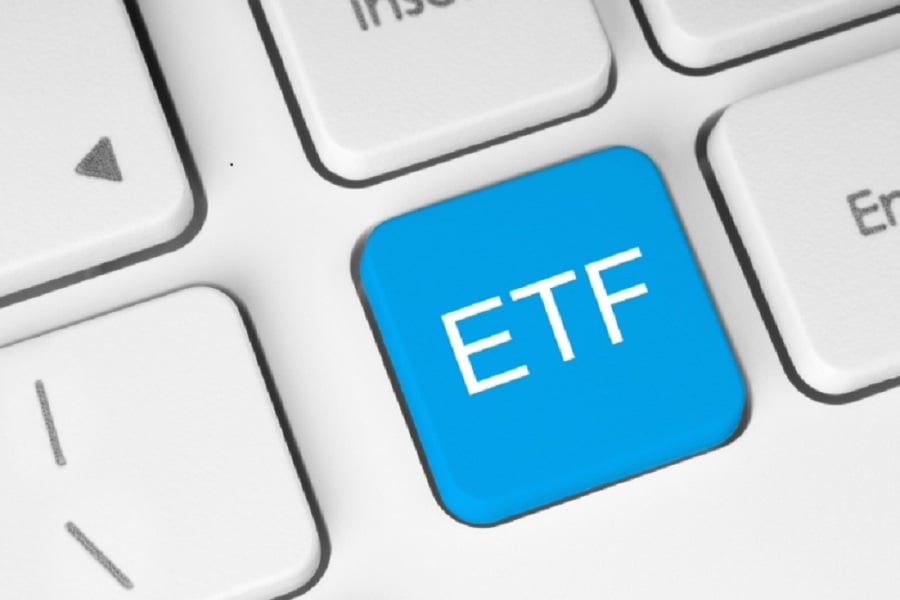As of May, the exchange-traded fund industry has created 4,602 ETFs with 9,764 listings and assets of $2.996 billion from 247 providers on 63 exchanges.
Here's a question for investors: Is Wall Street creating too many products?
The short answer is yes; the longer answer may be a bit more complicated.
Let's begin with the sheer number of new investment vehicles that Wall Street has been creating. The widespread proliferation of products such as exchange-traded funds has “gotten out of hand,” Vanguard Group Chief Executive Officer Bill McNabb said last week at a conference in Chicago. “The industry is (introducing a new) ETF, it feels like, every 30 seconds," Mr. McNabb said earlier this year. "This is like the 1980s and mutual funds. Things did not end well for all those funds.”
The numbers are telling, and support Mr. McNabb's view: worldwide, the ETF industry had created “4,602 ETFs, with 9,764 listings, assets of $2.996 billion, from 247 providers on 63 exchanges,” as of May, according to etfgi.com. Add in other products such as exchange traded notes (ETNs), exchange traded vehicles (ETVs), exchange traded commodities (ETCs), and the total exceeds 12,000 different products from 280 providers. May also marked the 28th straight month of net capital inflows into these products, so clearly come investors are buying into them.
What's interesting is that the vast majority of ETFs are not money-makers for their underwriters or managers. The sheer volume of new issues means that most attract only a modest amount of money. The bulk of fresh capital flows to the best known and most popular investments, such as the SPDR S&P 500 ETF Trust or the SPDR Gold Shares. However, what's happening now is tantamount to a land grab. Asset managers want to capture some of the vast money flow; and since fund creators can never know in advance what might be the next hot investment, the incentive is there to create new products.
Consider the latest offering from Goldman Sachs, not exactly known as a firm catering to the masses. It estimates that the $3.5 trillion ETF industry could double in the next four years. So it jumped in with an ETF offering that has a 9 basis point annual management fee, low enough to feel like it's mimicking bargain-basement cost leader Vanguard.
Perhaps the niche with the greatest growth is in so-called smart beta products, or investments that try to squeeze a little more out of market-matching returns. Blame or credit for this goes to those who make their living analyzing the mathematics of stocks and bonds. They have brought a more data-driven and evidence-based approach to developing investment vehicles. It is the opposite of what the Financial Times called the “crude, nominal and sometimes arbitrary” way of assembling products.
Many of these smart beta ETFs rely on so-called factor investing models.
Consider the way the average professional asset allocator puts money to work. They tend to divvy up money among the traditional asset classes like stocks, bonds, real estate investment trusts and cash; they also may use alternatives such as private equity, venture capital and hedge funds. Advocates of factor investing suggest that instead of looking at asset classes, money managers should consider the things that drive actual returns. MSCI Index Research, in a 2013 paper titled "Foundations of Factor Investing," identified “six equity risk premia,” or the factors that correlate closely with investment performance. They are value, low size, low volatility, dividend yield, quality and momentum.
These factors have been used in all sorts of smart beta products. There now is about $282 billion in smart beta ETFs. BlackRock is forecasting “annual organic growth” of 19% a year for these ETFs, reaching total assets under management of $1 trillion by 2020 and $2.4 trillion by 2025.
There is an argument to be made that this is a psychological phenomenon, as financial upheavals and crises have scared investors into a simpler approach. The post-2008 era has seen a huge inflow into passively managed index funds. Does this reveal anything about investor psychology? The answer surely is yes, but the manifestations and implications are worthy of another column entirely.
So again, are there too many products? The market eventually manages to sort out and clear away those funds that investors deem unnecessary. It may take a long time, as we have seen with the abundance of actively managed funds that are overpriced and underperform. Eventually, investors do manage to figure out what is important — fees, costs and taxes — for their returns.
Barry Ritholtz is a Bloomberg View columnist writing about finance, the economy and the business world. He started the Big Picture blog in 2003 and is the founder of Ritholtz Wealth Management, an asset management and financial planning firm.







